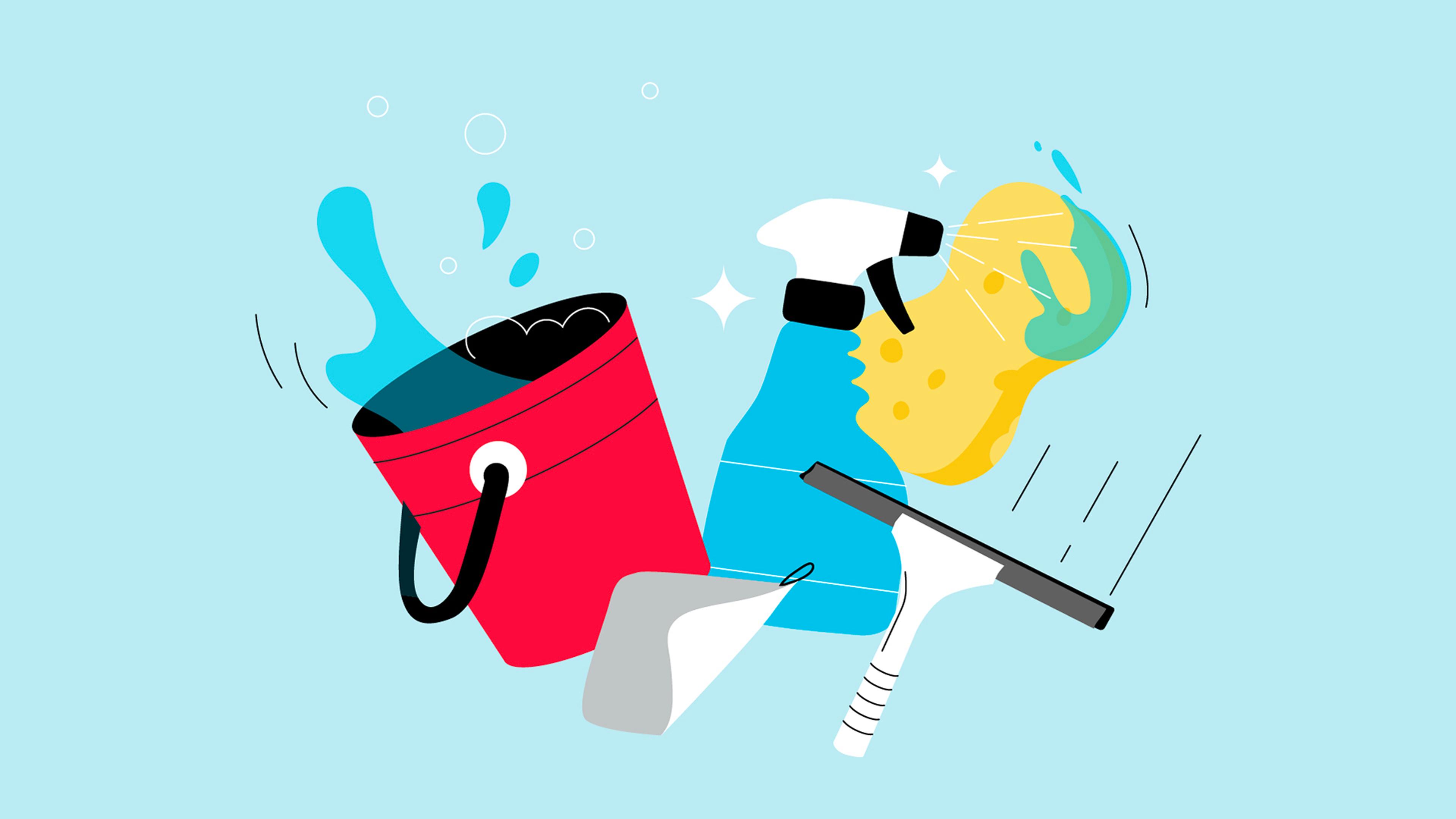
Cleaning your vehicle regularly is essential for preventing damage, improving safety, and maintaining its value. From the exterior to the interior, proper car cleaning involves several steps, tools, and techniques.
In this comprehensive guide, we'll cover everything you need to know to keep your car clean and well-maintained.

Used cars have dark secrets
Reveal them all! Just enter a VIN code and click the button:
Why do you need to keep your car clean?
To keep a car’s paint and mechanical parts in top condition, you have to take cleaning seriously. While many drivers don’t visit a car wash until their vehicle is muddy, this attitude can cost you money in the long run.
Car cleaning helps prevent damage
Keeping your car clean is essential for preventing damage and ensuring its longevity. Dirt, grime, and salt buildup can cause corrosion and rust. Cleaning your car regularly is especially important for drivers living in countries with freezing temperatures and snow. Salt used for melting icy roads causes corrosion, thus failing to wash regularly will affect your car’s exterior, brakes, and chassis.
Dirt and debris can also cause scratches, chips, and other damage to your car's paint job and bodywork. However, you can prevent these kinds of issues and help your vehicle look its best for years to come.
Cleaning improves safety
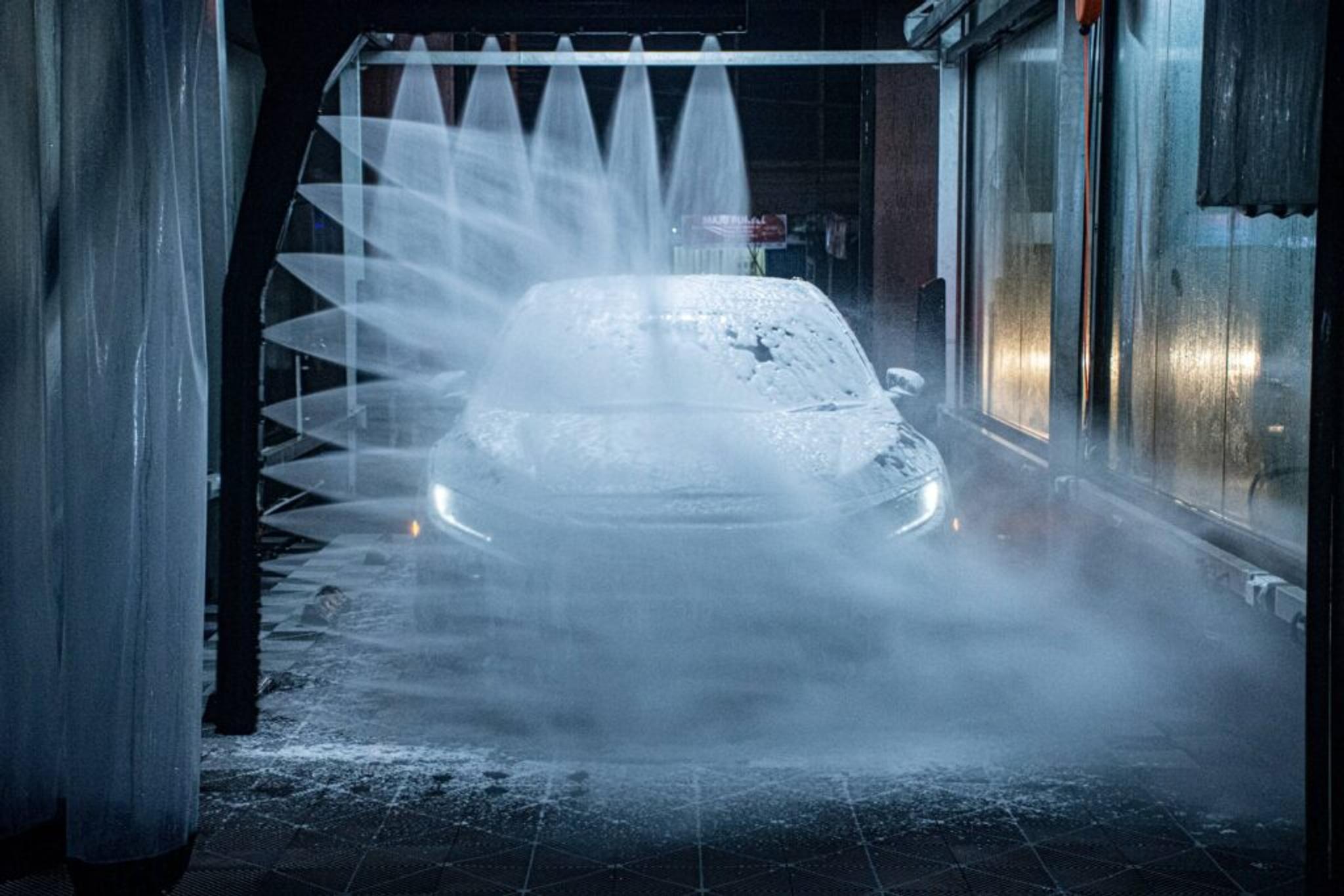
A dirty windshield can obstruct a driver's vision and reflect glare from the sun or other lights, making it difficult to see other cars and obstacles on the road. Dirty mirrors can also obstruct a driver's view, increasing the risk of accidents.
When your car is dirty, it can be hard for other drivers to see your lights and signals. For instance, a dirty taillight can make it difficult to know when you're braking, increasing the risk of a rear-end collision.
Cleaning improves a car’s condition and value
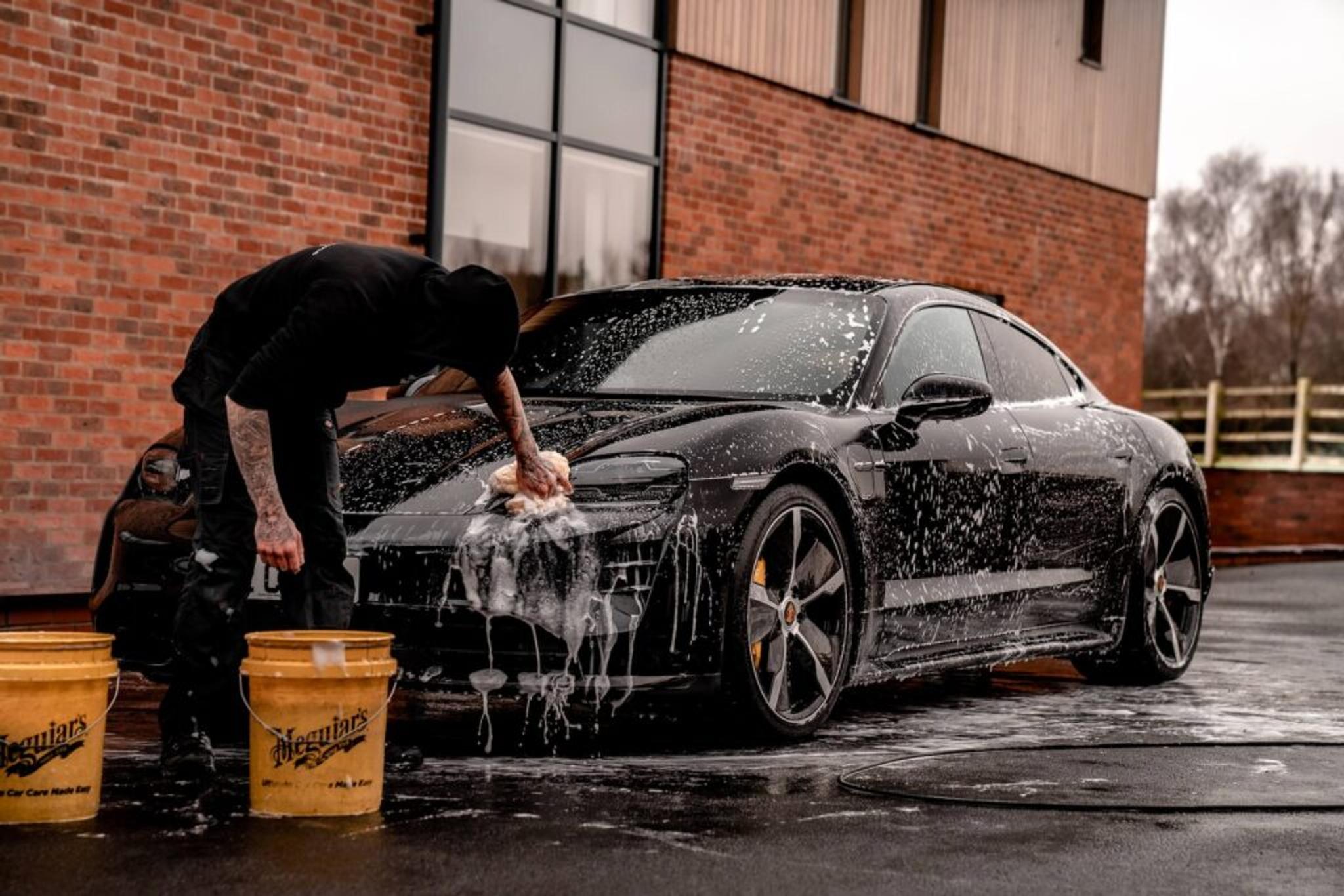
Corrosion significantly reduces value – a well-maintained car will always cost more. Nobody wants to buy a vehicle with rusty brakes, fenders, or wheel arches, as this usually means that other parts are also damaged by corrosion.
It can be expensive to revive a rusty car and change all the damaged parts, therefore, it’s best to prevent this from happening. Cleaning your vehicle is a simple, yet reliable way to prevent corrosion, which leads to premature wear and tear.
If you take two models manufactured the same year with the exact specifications in the second-hand market, the one affected by corrosion may be at least a few thousand dollars cheaper. Since every driver wants to sell their car for more, cleaning your vehicle and keeping it in good condition will increase its value.
How to clean your car
While car cleaning may seem like a straightforward process, there are some tricks you should know to get the most out of it.
Car exterior cleaning
Using car washes

If you want your car’s paint to last longer, avoid automatic car washes – their worn-out brushes can scratch your vehicle. Car washes are especially harmful to vehicles covered with paint protection film, which can start peeling off.
A better option is to use touchless car washes that don’t make any contact with your car but spray water instead. However, touchless car washes can fail to remove all the dirt, so if you want to clean your car properly, it’s best to do it by hand.
Cleaning the body of the car
Over time, dirt, grime, and other contaminants can build up on the surface of your car's body, causing damage and corrosion if left unchecked. You'll need a detailing clay bar, pre-wash spray, and a microfiber towel to clean your car's body effectively.
First, rinse your car with a hose to remove loose dirt and debris. Then, apply a pre-wash spray or detailing clay bar to the affected area and use a microfiber towel to wipe away the dirt. For hard-to-reach areas, use a detailing brush. Be gentle to avoid scratching the paint. After cleaning, rinse your car with a hose and dry it with a towel to prevent water spots.
How to clean the wheels
Rinse your wheels with a hose and then spray them with a wheel cleaner to remove brake pad deposits, oil stains, soot, and common dirt from the rims. Use a brush to scrub any dirt and then rinse your wheels.
Glass cleaning
Dirt and sand can damage the rubber on your wiper blades, therefore, it’s important to clean your windshield. This will prevent your wipers from premature wear and tear and ensure good visibility.
Use ammonia-free glass cleaner and a microfiber towel to wipe your windows clean. It’s best not to clean your windows in direct sunlight, as this causes the cleaner to evaporate quicker and can leave a residue.
Car interior cleaning
Cleaning the dashboard and panels
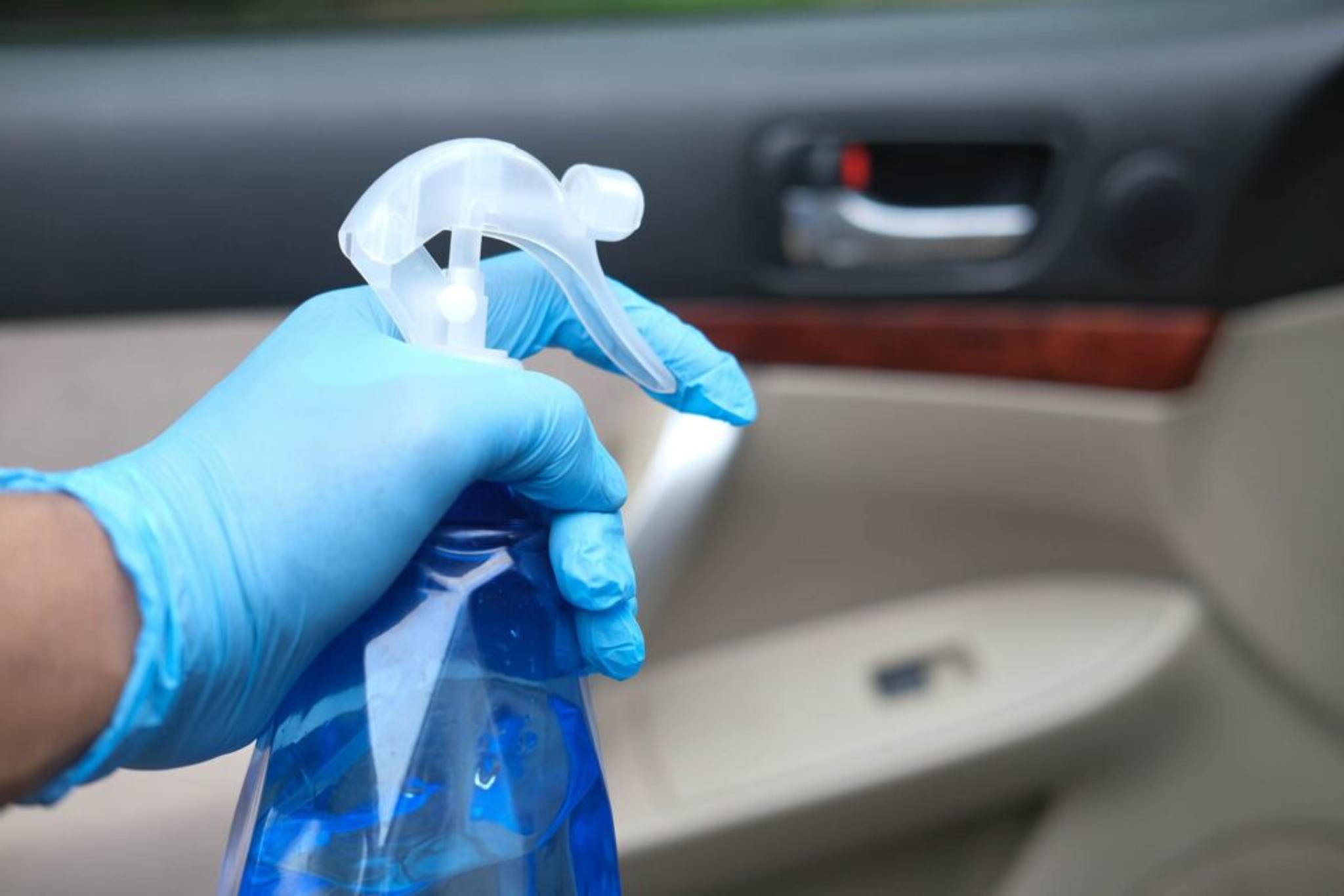
Most drivers pay more attention to a car’s exterior than the interior, collecting dust and grime inside month after month. Cleaning is always more difficult when done less often!
Start cleaning your car's interior by wiping the dashboard and panels:
1.Spray some cleaning liquid on a microfiber cloth and wipe all the dirty surfaces. Using a small brush, you can remove dust from buttons, knobs, and crevices.
2.Wipe the leftover liquid with a clean cloth and dry the surfaces afterward.
Cleaning the steering wheel
Since the steering wheel is the most-touched part of your car, it can become dirty and sticky – not to mention covered with bacteria! Follow your manufacturer’s recommendations for cleaning your steering wheel. Faux leather, real leather, and plastic are the most common materials used for manufacturing steering wheels, so pick a specific cleaning liquid to avoid any harm.
Vacuuming the car seats
Start by removing any loose items or debris from the seats, such as papers or food wrappers. Then, use the crevice tool attachment to clean hard-to-reach areas, such as the spaces between the seat cushions and the backrest.
Next, use the main vacuum attachment to clean the surface of the seats, starting from the top and working your way down. Be sure to use a gentle touch to avoid damaging the upholstery. You may also want to use a soft-bristled brush attachment to loosen any stubborn dirt or pet hair.
How to deep clean the car mats
Remove the mats from your car and shake off all the dirt, dust, and debris. Next, vacuum the mats and apply a mat cleaner. If any dirt is left, scrub it with a brush. You can let the cleaner sit for a few minutes, so that it goes deep into the fibers. After that, just rinse your mats with a hose and hang them to dry.
Essential car cleaning tools
Having the proper cleaning tools makes the cleaning process more efficient and helps to extend the life of your car's interior and exterior.
From microfiber cloths and detailing brushes to glass cleaners and leather cleaners, these are the various tools that can help you achieve a spotless and polished car:
- Car cleaning kit
- Dry towel
- Detailers and brushes
- Car interior cleaner
- Leather or textile cleaner
- Floor mats cleaner
- Glass cleaner
- Microfiber cloth
How to take care of your car after cleaning
Car waxing

Car waxing creates a protective layer on the surface of your car, helping to avoid water spots and other stains from damaging your car's paint. Waxing gives your car a glossy appearance and protects it from scratches.
You can wax your car every 3-4 months to ensure its bodywork is always in top condition.
Applying leather conditioner
Applying leather conditioner on your seats helps to protect the leather from dirt, dust, and grime, which can accumulate over time and cause discoloration or even damage to the leather. It can also prevent cracking and splitting, which is probably the most common issue with leather seats.
Making tires black again
Over time, tires can fade and lose their original black color due to exposure to sunlight, road grime, and other environmental factors. However, plenty of gels and sprays restore the black color and can be applied in minutes.
How to make car cleaning easier
Cleaning a car can be time-consuming and often tedious, but there are ways to make the process easier and more efficient.
Paint protection with PPF
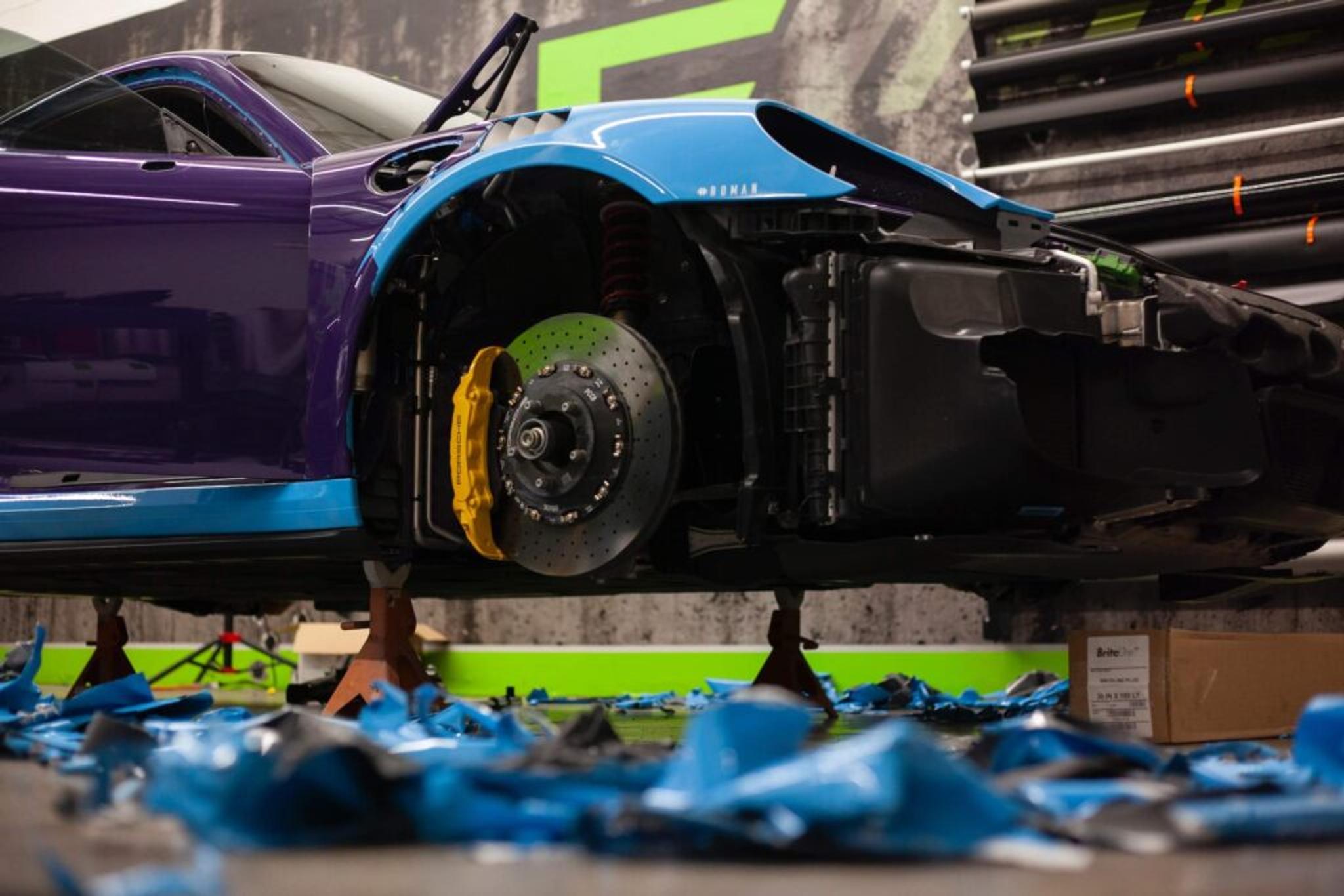
Paint protection film (PPF) is a transparent layer that can be applied to the painted surfaces of a car to protect them from damage caused by road debris, rocks, bird droppings, insects, and other environmental hazards. It's commonly used to protect high-impact areas like the hood, bumper, and fenders, but can also be applied to other areas of a car.
While paint protection film is pricey, it keeps your paint protected for at least several years, thus increasing its resale value. If you want to protect a car with paint protection film, make sure to find a reliable workshop, as this is a complicated process, requiring a lot of expertise.
Ceramic coating
Ceramic coating is a protective layer made up of a liquid polymer that contains ceramic particles, which adhere to the surface of a car when applied and create a protective layer that is both hydrophobic and scratch-resistant.
A professional ceramic coating service can cost between $1,000 and $2,000. However, it can last 5 or more years, offering protection from environmental factors.
Maintain a regular car cleaning schedule
By following a regular car cleaning schedule, you can keep your car looking and performing at its best for years to come.
Every 1-2 weeks
- Wash the exterior of your car to remove dirt and dust.
- Vacuum the interior to remove debris and dirt from the carpets, seats, and other surfaces.
Every 1-3 months
- Clean the wheels and tires to remove brake dust and other road grime.
- Apply wax or sealant to protect the paint and provide a glossy finish.
- Clean the windows and mirrors inside and out to remove dirt and streaks.
Every 3-6 months
- Deep clean the interior, including the dashboard, door panels, and seats, to remove any accumulated dirt and grime.
- Clean any leather surfaces to prevent cracking.
- Clean the engine bay to remove any dirt and grime buildup that can cause corrosion.
If you often drive on gravel roads, you’ll have to clean your car more often than someone who spends most of their time on highways. Regular car cleaning helps maintain a car's appearance, value, and overall condition, so make sure not to skip it.
Check the condition of a used car before buying it
Essential cleaning tools can work wonders in refreshing a car's exterior. They can not only make a vehicle look better but also safeguard it from environmental elements. However, it's crucial for buyers to approach a shiny exterior with a degree of skepticism.
Sellers frequently resort to these tools to conceal imperfections, ranging from minor scratches and dings to more substantial repairs. While this may initially present the car as flawless, it often conceals underlying problems that could prove costly in the long term.
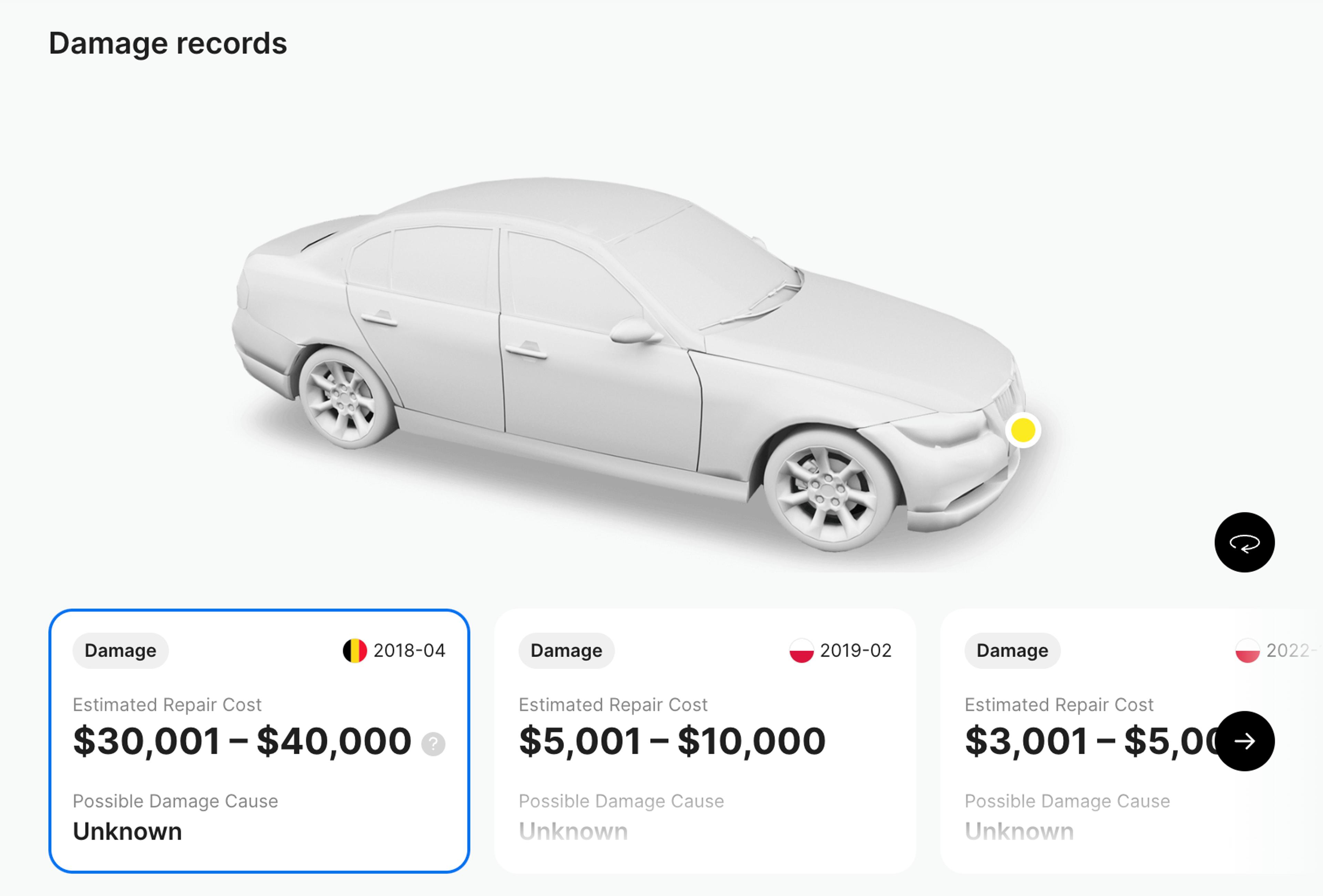
To differentiate between well-maintained cars and those pieced together from salvage parts recently, do yourself a favor and get a vehicle history report. With just a few clicks, you can determine whether a vehicle has a clean accident history or uncover the severity of any accidents.
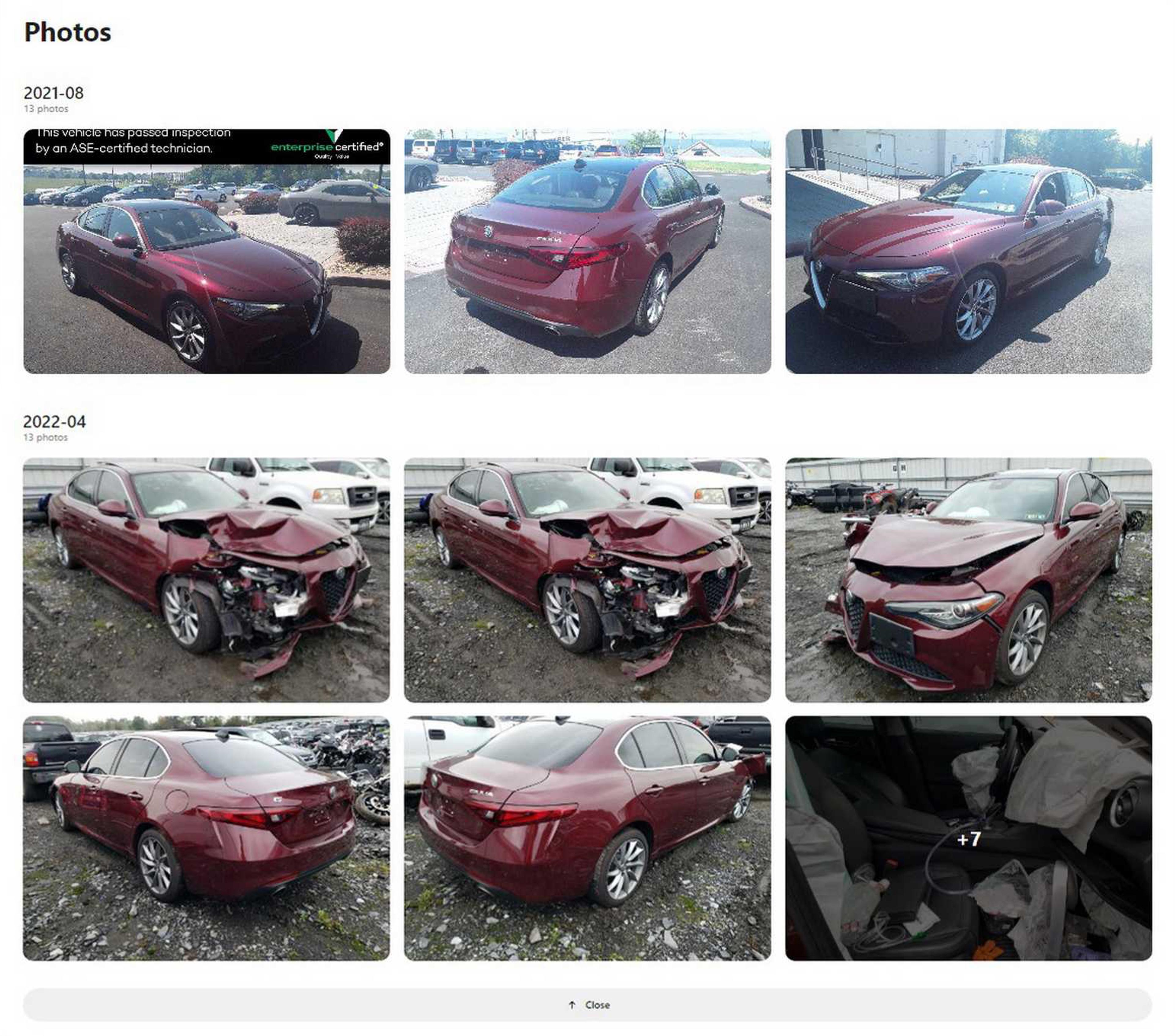
Moreover, the vehicle history report offers valuable financial and legal status information, allowing you to determine whether the car had anything other than a clean title at some point in its life. For instance, a salvage title signifies that the vehicle was previously declared a total loss due to extensive damage. While it may have undergone repairs, there's no assurance that these repairs were carried out to meet high-quality manufacturer standards and if you won’t have any issues with the vehicle in the future.

Check your registration number
Avoid costly problems by checking vehicle history. Get a report instantly.
Frequently asked questions

Article by
Karolis Bareckas
Karolis is an automotive writer focusing on the industry part of things. His goal is to educate readers and foster transparency in the used car market. With a passion for storytelling and extensive experience writing in a variety of fields, Karolis enjoys sharing his knowledge and spreading the word about automotive and tech topics. He’s also a a big fan of muscle cars and long road trips.
